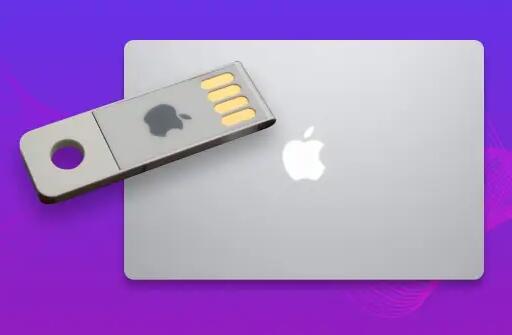USB flash drives have become an integral part of our digital lives, providing a convenient way to store and transfer data. However, like any storage device, they are prone to data loss. Whether it’s due to accidental deletion, formatting, virus attacks, or file corruption, losing important files from a USB flash drive can be a frustrating experience. Fortunately, there are several methods to recover lost data from USB flash drives.
Data Loss on USB Flash Drives
Before diving into the recovery methods, it’s essential to understand the common causes of data loss on USB flash drives:
Accidental Deletion: Files may be mistakenly deleted while organizing or transferring data.
Formatting: Formatting the USB drive erases all the data stored on it.
File System Corruption: The file system can become corrupted due to improper ejection, power surges, or software issues.

Virus or Malware Attacks: Malicious software can delete or corrupt files on the USB drive.
Physical Damage: Damage to the USB drive’s hardware can render the data inaccessible.
Immediate Steps to Take
When you realize that you’ve lost files from your USB flash drive, take the following immediate steps to maximize the chances of successful recovery:
Stop Using the USB Drive: Avoid adding new data to the USB drive to prevent overwriting the deleted files.
Safely Eject the USB Drive: Properly eject the USB drive from the computer to avoid further corruption.
Check the Recycle Bin: If you deleted files from the USB drive while it was connected to a Windows computer, they might be in the Recycle Bin.
Methods to Recover Files from a USB Flash Drive
Method 1: Using Data Recovery Software
Data recovery software is one of the most effective ways to recover lost files from a USB flash drive. These tools can scan the drive for recoverable files and restore them. Here are some popular data recovery software options:
Panda Assistant is a powerful and intuitive data recovery software designed to help individuals and businesses retrieve lost, deleted, or corrupted files across various devices and storage media. Whether you’ve accidentally deleted an important document, lost photos due to formatting, or encountered unexpected data loss, Panda Assistant is equipped to restore your valuable data efficiently.
With a user friendly interface, Panda Assistant simplifies the recovery process, making it accessible even for those with minimal technical expertise. Its advanced scanning algorithms allow you to locate recoverable files quickly, whether from hard drives, USB flash drives, SD cards, or other storage devices. The software supports a wide range of file types, including documents, images, videos, and emails, ensuring you can recover whatever you’ve lost.
Method 2: Using Command Prompt (Windows)
For those comfortable with using Command Prompt, this method can be a quick way to recover lost files from a USB flash drive:
Open Command Prompt: Press Win + R, type cmd, and press Enter.
Enter Command: Type chkdsk X: /f (replace X with the drive letter of your USB flash drive) and press Enter.
Fix Errors: The command will scan the USB drive for errors and fix them. This may recover lost files.
Method 3: Using Previous Versions (Windows)
Windows has a built-in feature that allows you to restore previous versions of files:
Open File Explorer: Navigate to the folder where the lost files were stored.
Right-Click: Right-click the folder and select “Restore previous versions.”
Select Version: Choose a previous version from the list and click “Restore.”
Method 4: Using Mac Terminal (macOS)
Mac users can use the Terminal to recover lost files from a USB flash drive:
Open Terminal: Go to Applications > Utilities > Terminal.
Enter Command: Type diskutil list to find the identifier of your USB drive.
Run fsck: Type sudo fsck_hfs -r /dev/diskX (replace X with the identifier of your USB drive) and press Enter. This command will attempt to repair the file system and recover lost files.
Best Practices for Preventing Data Loss
Preventing data loss is always better than recovery. Here are some best practices to protect your data on USB flash drives:
Regular Backups: Regularly back up important files to multiple storage devices or cloud services.
Safely Eject USB Drives: Always use the “Safely Remove Hardware” feature to eject USB drives properly.
Use Antivirus Software: Keep your computer and USB drives protected with reliable antivirus software.
Avoid Physical Damage: Handle USB drives with care to prevent physical damage.
About us and this blog
Panda Assistant is built on the latest data recovery algorithms, ensuring that no file is too damaged, too lost, or too corrupted to be recovered.
Request a free quote
We believe that data recovery shouldn’t be a daunting task. That’s why we’ve designed Panda Assistant to be as easy to use as it is powerful. With a few clicks, you can initiate a scan, preview recoverable files, and restore your data all within a matter of minutes.
Subscribe to our newsletter!
More from our blog
See all postsRecent Posts
- How to recover a deleted slide in powerpoint? 2025-02-27
- How to recover deleted capcut videos? 2025-02-27
- How to recover a file deleted from a shared drive? 2025-02-27










